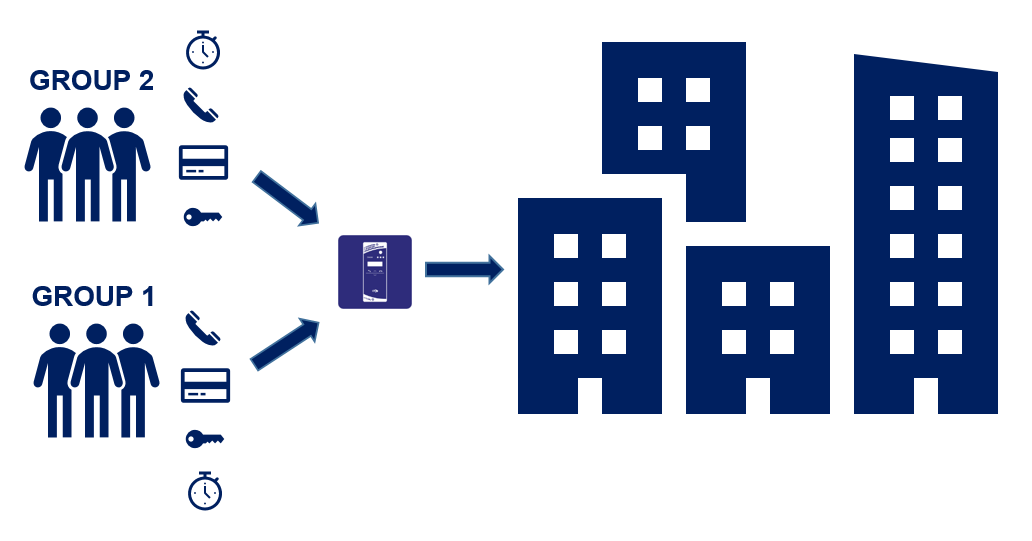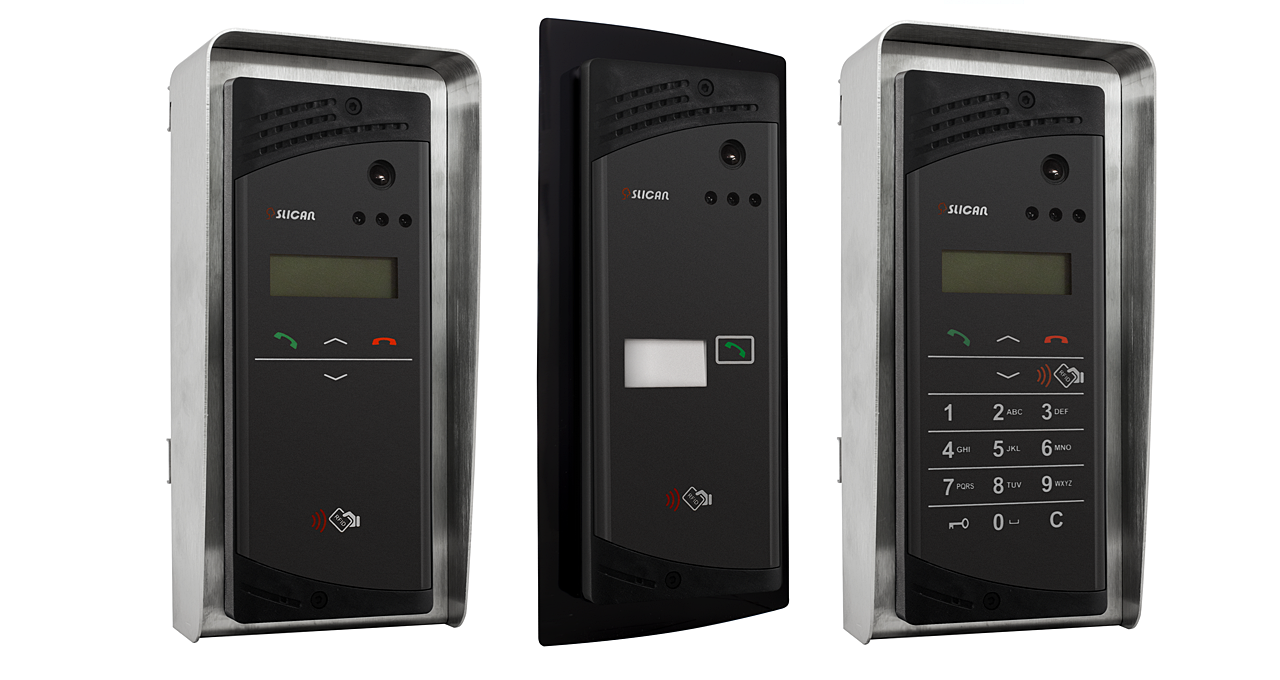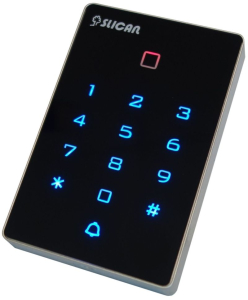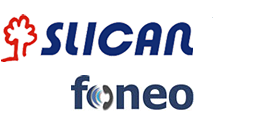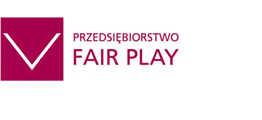Access Control System
DPH.IP doorphones can serve as as access control system (ACS). An ACS primarily restricts access to individual rooms and zones. Only authorised persons can move around the given building or area with proximity ID cards. Access rights for individual persons or groups are assigned with an access rule (time- or area-based) management application. DPH.IP doorphones serving as an access control system also enable the administrator to take appropriate action in the event of emergency. The system immediately provides information on people present and moving around the given area or building. This is particularly important, for example, in the event of sudden evacuation. Access control systems improve safety and protection of assets on site.
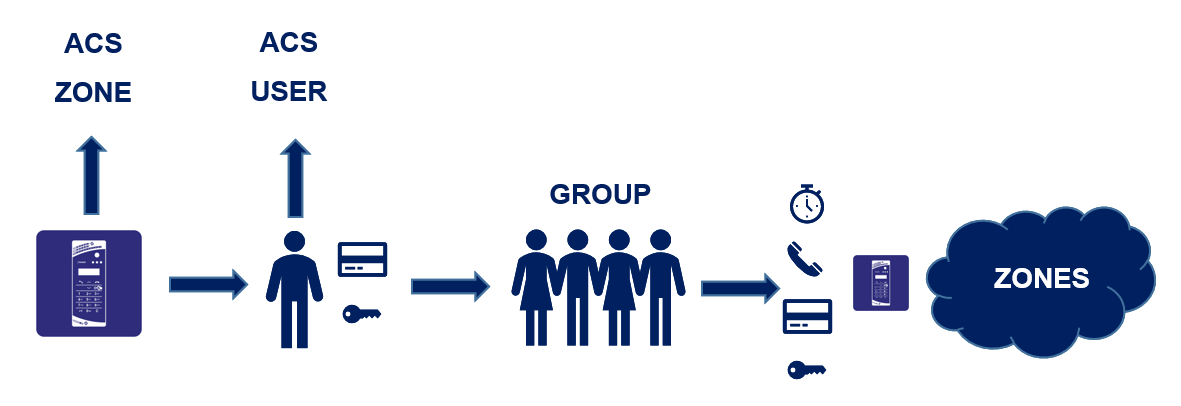
- Slican ACS comprises: Slican PBX, DPH.IP doorphones, proximity IDs, Slican application for the ACS manager (ConfigMAN for IPx PBXes, ACS application for NCP PBXes), set of appropriate licences, optional camera modules in DPH.IP doorphones, and the Slican MessengerCTI application,
- ACS users are assigned rights to move within the given zones (time- and area-based rules),
- event log (full entry and exit control),
- user rights are assigned individually or for specific user groups, which enables adapting Slican ACS to the profile of the company, office, institution, etc.
- access method – proximity ID, keypad (PIN, phone), MessengerCTI,
- ability to define multiple access zones for users and flexible user group management for individual zones,
- access zones defined by the PBX administrator from the ConfigWEB or ConfigMAN application,
- cameras can also provide a view on the location and people using the doorphone using the Slican MessengerCTI application.
- up to 1000 users supported per ACS (number of users depends on the utilised Slican PBX)
- ACS users can only be users of PBX and linked PBXes (physical or virtual numbers),
- proximity IDs do not store any information, which is important in the event an ID is lost.
